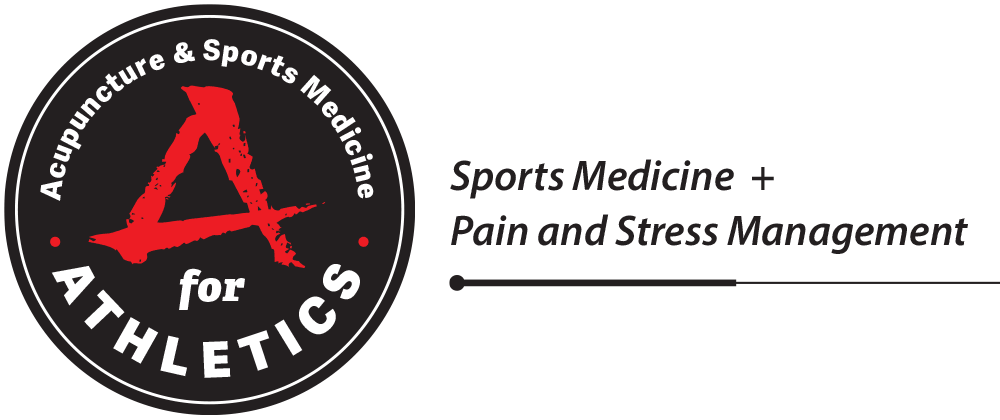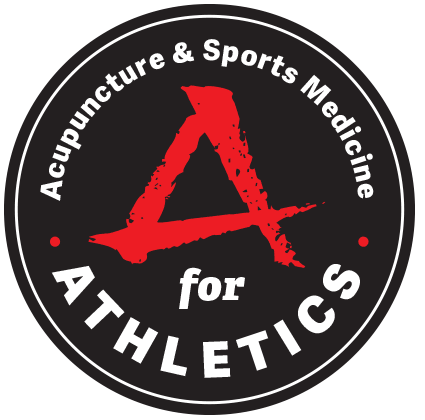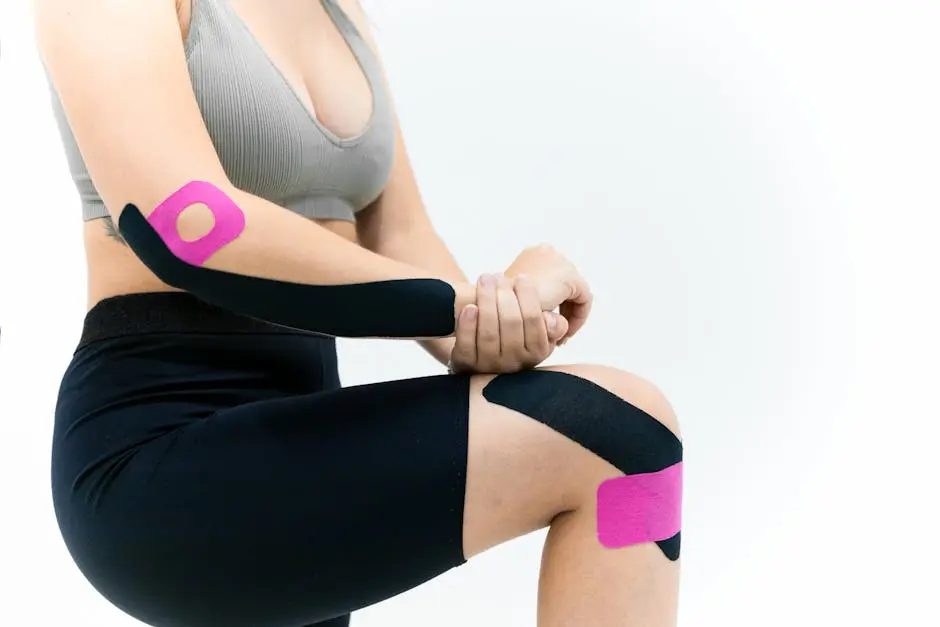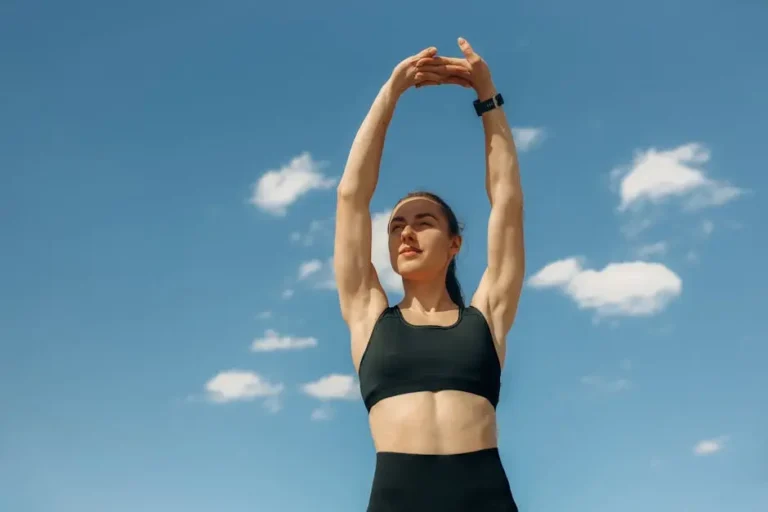7 Common Sports Injuries and How Sports Medicine Helps
Sports are a fantastic way to stay active and healthy, but they’re not without risks. From minor sprains to more serious injuries, jumping into physical activities can sometimes result in mishaps. That’s where sports medicine comes to the rescue. Let’s explore some common sports injuries and how the experts in sports medicine in San Francisco can help you recover and get back in the game.
1. Understanding Sprained Ankles
Sprained ankles are one of the most common sports injuries, often occurring when you land awkwardly on your foot. While they can be painful, rest, ice, compression, and elevation, or the RICE method, can provide immediate relief. Sports medicine experts can help in ensuring the injury is properly assessed and treated.
In many cases, individuals might neglect a severe sprain, thinking it to be a minor inconvenience. However, not attending to it properly can lead to chronic issues or repeated injuries. Skilled sports medicine practitioners can not only diagnose the severity but also guide you through tailored rehabilitation programs. These professionals leverage advanced techniques, including stretching exercises and resistance training, to restore full functionality of your ankle, enabling a quicker return to your favorite sports activities.
2. Dealing with Knee Injuries
Knees take on a lot of pressure in sports, leading to potential injuries such as ACL tears or meniscus damage. Rehabilitation and physical therapy offered by sports medicine professionals can help restore strength and mobility, minimizing downtime and promoting long-term health.
It’s crucial to understand that knee injuries can significantly impact your mobility and regular activities. With the rising advancements in sports medicine, personalized knee therapy is becoming increasingly effective in San Francisco. Specialists recommend therapies that involve focused strengthening of the muscles supporting the knee joint. Incorporating cutting-edge techniques like underwater treadmills and motion analysis, experts are turning the tide against knee injuries, ensuring a comprehensive, swift recovery.
3. Managing Wrist Sprains
Wrist injuries are common in sports that involve lots of hand movements, like tennis or basketball. At times, a simple brace or splint may suffice, but sometimes, more focused physical therapy is necessary. Sports medicine plays a crucial role in personalized treatment plans to speed up recovery.
Many athletes find that dealing with a wrist sprain can be quite frustrating, as it limits not only sports performance but also everyday tasks. Sports medicine specialists employ techniques such as ultrasound therapy and specific hand exercises tailored to each patient. This carefully curated approach not only alleviates pain but also fortifies the wrist, reducing the likelihood of future injuries. Having access to expert care can mean the difference between a quick comeback and prolonged discomfort.
4. Healing Shoulder Injuries
Athletes such as swimmers or baseball players often report shoulder injuries due to repetitive motion. Understanding the dynamics of shoulder biomechanics, sports medicine practitioners provide comprehensive rehabilitation strategies to ease pain and help avoid future injuries.
Moreover, shoulder injuries can drastically hamper an athlete’s performance, particularly in sports requiring extensive arm use. Sports medicine incorporates techniques such as manual therapy and kinetic taping, both of which are pivotal in reducing inflammation and pain. Rehabilitative exercise regimes customized for shoulder recovery focus on restoring the complete range of motion while educating athletes on best practices to prevent re-injury. This holistic approach fosters both physical and psychological resilience, aiding athletes in maintaining peak performance.
5. Addressing Muscle Strains
Muscle strains often arise from overuse or improper use of muscles. Rest is essential, but sports medicine experts also offer guided exercises and therapies to enhance recovery. Education on proper techniques can prevent recurrence, allowing athletes to continue thriving in their sport.
In the realm of sports, muscle strains are more frequent in routines that involve intense physical exertion, such as sprinting or heavy lifting. Ignoring these strains can lead to more pronounced issues like torn muscles or chronic pain, which is why immediate attention is advised. Sports medicine practitioners utilize a combination of massage therapy, heat application, and targeted strength training to reverse the damage. More than just solving the current issue, these modalities foster a deeper understanding of optimal body mechanics, empowering athletes to achieve improved performance with reduced risk.
6. Recovering from Concussions
Concussions are serious and require immediate attention. Recognizing symptoms early and seeking professional evaluation are critical steps. In San Francisco, sports medicine specialists are well-equipped to manage concussions and guide athletes through necessary recovery protocols to ensure safety.
Awareness around concussions has fortunately increased over the years, but knowing what to do post-injury remains key. Symptoms like confusion, headache, and dizziness should prompt an immediate halt in activity and consult with sports medicine experts. Specialists employ cognitive testing and graded physical exertion plans tailored to each individual. These not only assure a safe return to the sport but also prioritize the athlete’s cognitive health. Education plays a significant role here, too, as athletes are advised on recognizing symptoms for earlier intervention in the future.
7. Coping with Achilles Tendonitis
Achilles tendonitis is characterized by discomfort at the back of the lower leg, often due to overuse. Sports medicine offers treatments like stretching programs and personalized rehabilitation to strengthen the tendon and reduce the risk of further injury.
Despite being a common affliction among athletes, Achilles tendonitis can be debilitating if left unaddressed. Sports medicine in San Francisco harnesses techniques like eccentric stretching, which has shown remarkable results in restoring tendon health. Personalized assessments guide the treatment course, ensuring that the root causes, such as improper footwear or technique, are also remedied. Through this custom approach, athletes can not only overcome the immediate challenge but also decrease the chances of recurrence, allowing them to confidently re-engage with their sports pursuits.









